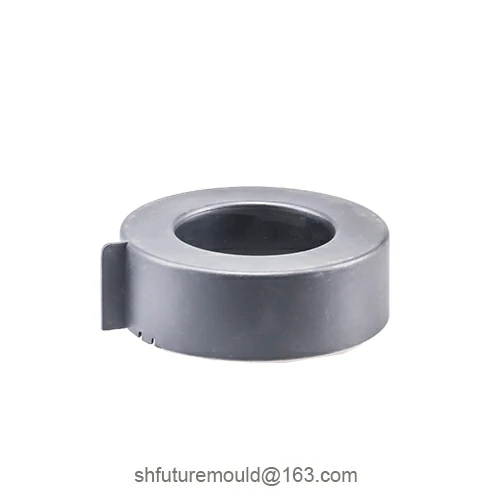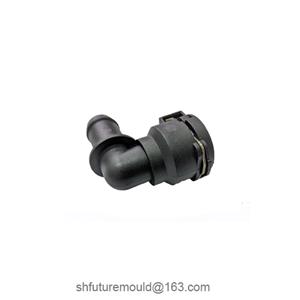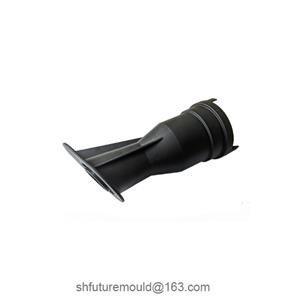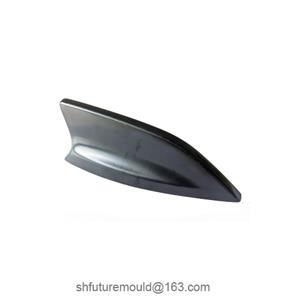How to solve flash defects in injection molding?
Flash is a common defect in injection molding, occurring where the mold opens and closes, such as at the parting line or ejector pin locations. If not addressed promptly, flash can increase the difficulty of injection molding and even damage the mold.
Reasons for causing flash defects in the molding process:
1. Improper adjustment of the injection machine’s clamping mechanism can result in insufficient parallelism of the mold, reducing its sealing ability and leading to flash during injection molding.
2. Poor precision of the mold parting surface, deformation and warpage of the movable mold, foreign objects, and burrs on the parting surface can all cause flash.
3. Unreasonable mold design. If the opening position of the mold cavity is shifting, the unidirectional tension of the mold will be too large during injection, resulting in a flash.
Solutions to flash defects:
1. Adjust the clamping force: increase the clamping force to ensure that the mold is tightly closed during injection.
2. Check the mold before production: ensure that the parting surface is clean and free of burrs and that the movable mold is not deformed or warped.
3. Optimize the mold design: modify the parting line and gate location to reduce the risk of flash.
4. Adjust the injection parameters: reduce the injection pressure and speed, and increase the holding pressure and time to prevent the molten plastic from overflowing.
5. Use a large injection molding machine: if the current machine does not have sufficient tonnage, a large machine can be used to provide the necessary clamping force.
Flash is one of the most common defects in injection molding. By promptly identifying the root cause and taking appropriate corrective measures, you can ensure smooth production and avoid costly rework on flashes or damage to the mold.
- Injection Mold
- Automotive Injection Mold
- Electronics & Electrical Injection Mold
- Consumer Goods Injection Mold
- Airplane Components Injection Mold
- Medical Components Injection Mold
- Irrigation Components Injection Mold
- Injection Molds




